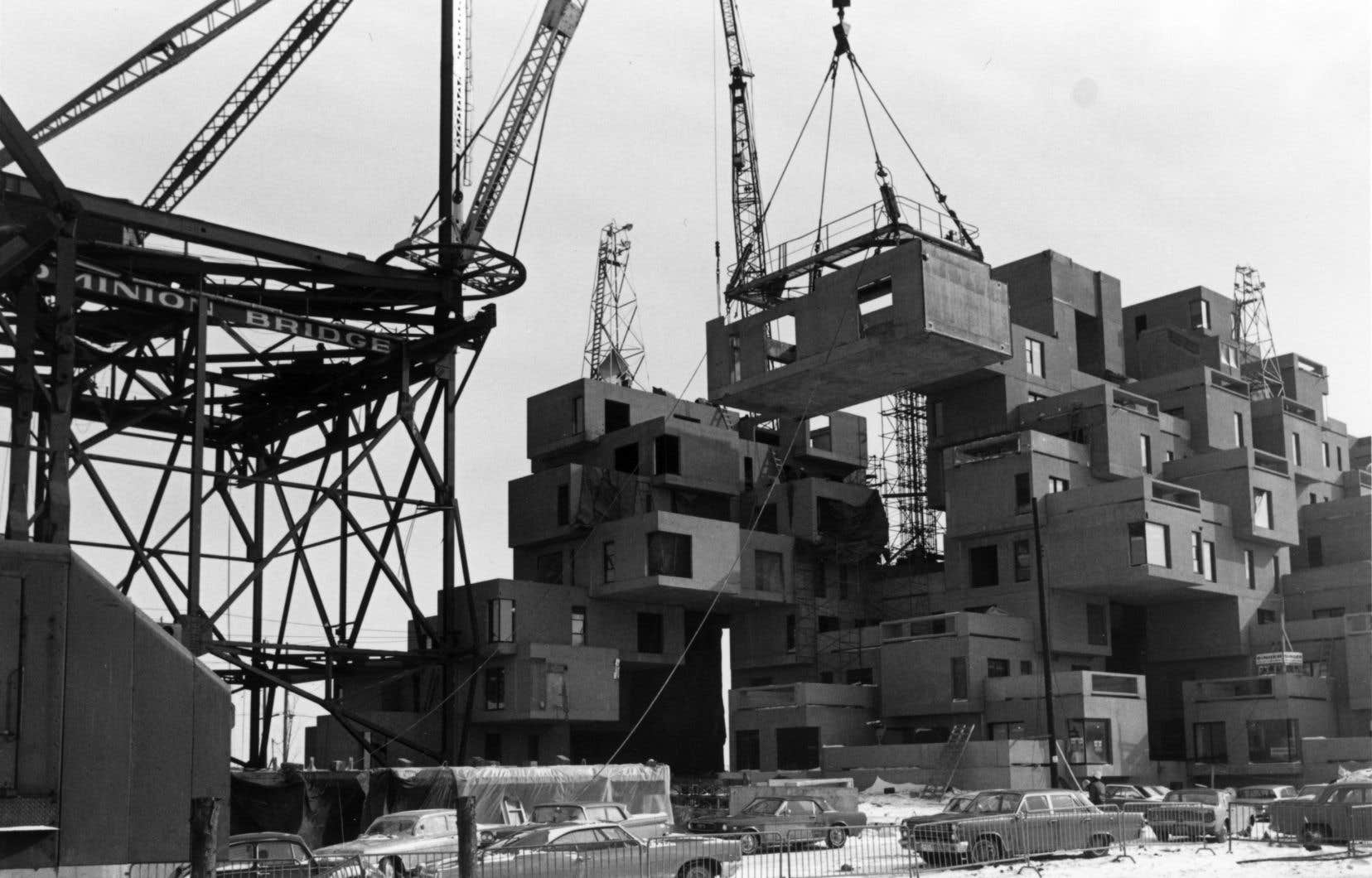The orange cones that we see popping up at the start of spring everywhere in Quebec bear witness to this: many of the buildings erected during the Quiet Revolution are reaching the end of their useful life. It’s time to dream better, would sing Daniel Bélanger. Now is the time to be bolder than half a century ago, says Moshe Safdie.
“Enough time has passed since the 1960s for me to be quite objective about it. And what I think is that I would like to be able to build this project again, confides to the Duty the now octogenarian architect. When you see it fully realized in 3D, it’s like living in it. And if we were to build it today, it would still be avant-garde architecture. »
Obviously, Habitat 67 in its digital version does not suffer from the wear and tear of time. Water infiltration, concrete joints that crumble over the years, all that is easily forgotten in the metaverse… But the issues that the architect was tackling at the time of our grandparents do not have still not been resolved, it must be said.
Here is how Moshe Safdie saw the world in the 1960s: “Urban sprawl is not sustainable in the long term. The suburbs require too much land, energy, transport. We have to bring people back to the city, but people prefer houses, that’s why they are in the suburbs. So if we could reinvent the apartment building to provide the quality of life of a house, with a garden, privacy, open street access, people would be more willing to live in city. »
Singapore, PQ
In its ideal version, Habitat 67 was a huge, quasi-self-contained community of 1,200 households, where most services—including jobs for almost everyone—are located nearby, within the residential complex.
It is the very antithesis of the urban development of the last 50 years, where work is concentrated in the heart of urban areas and where new households have to settle in an increasingly distant periphery. In Montreal, nearly a third of workers live more than 30 minutes by car from their place of work.
And that’s outside of rush hour…
“Montréal is currently experiencing accelerated growth, but we can see that the city has not reached the limit of its development. It would be pity if we continue to make it grow as before, with housing away from the offices, ”says Moshe Safdie.
The architect hopes that the enthusiasm surrounding the publication of the Hillside project will make local decision-makers think. While cities like Singapore and Shanghai seem to dare to create neighborhood buildings like the one dreamed of by Habitat 67, North American cities seem to prefer the business as usual, he laments. “I hope this project will open their minds a bit. »
